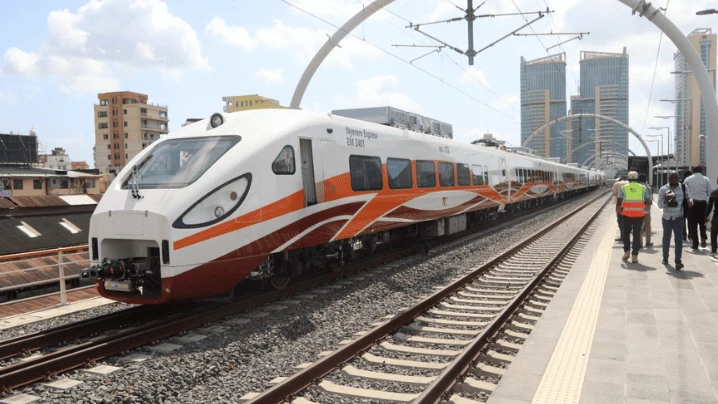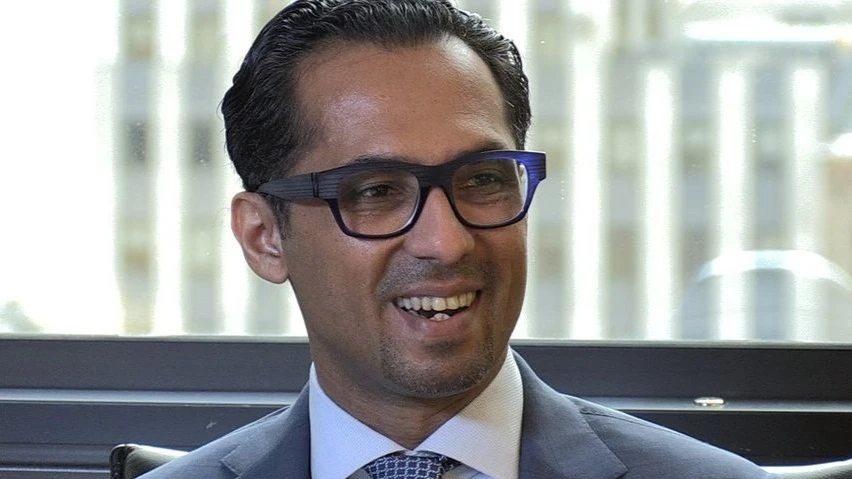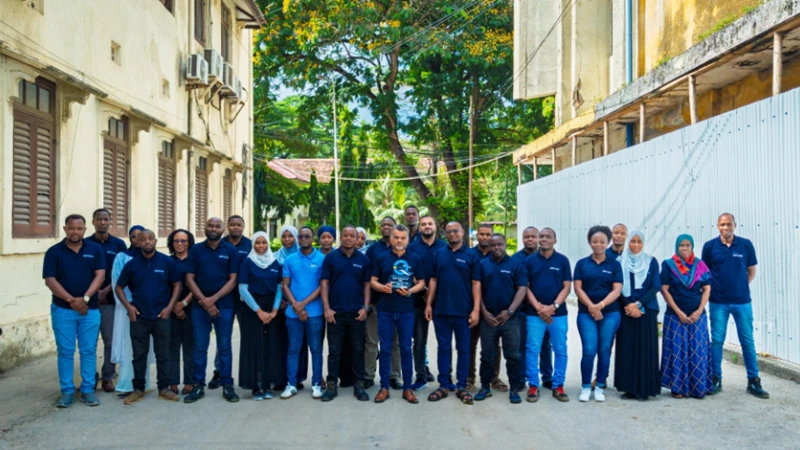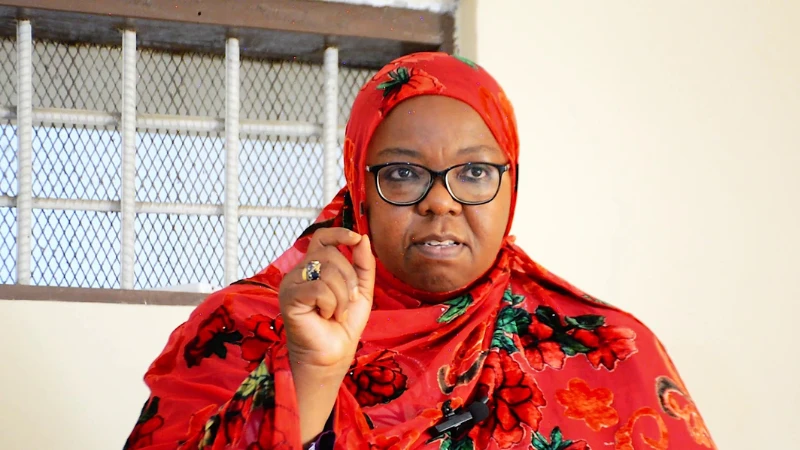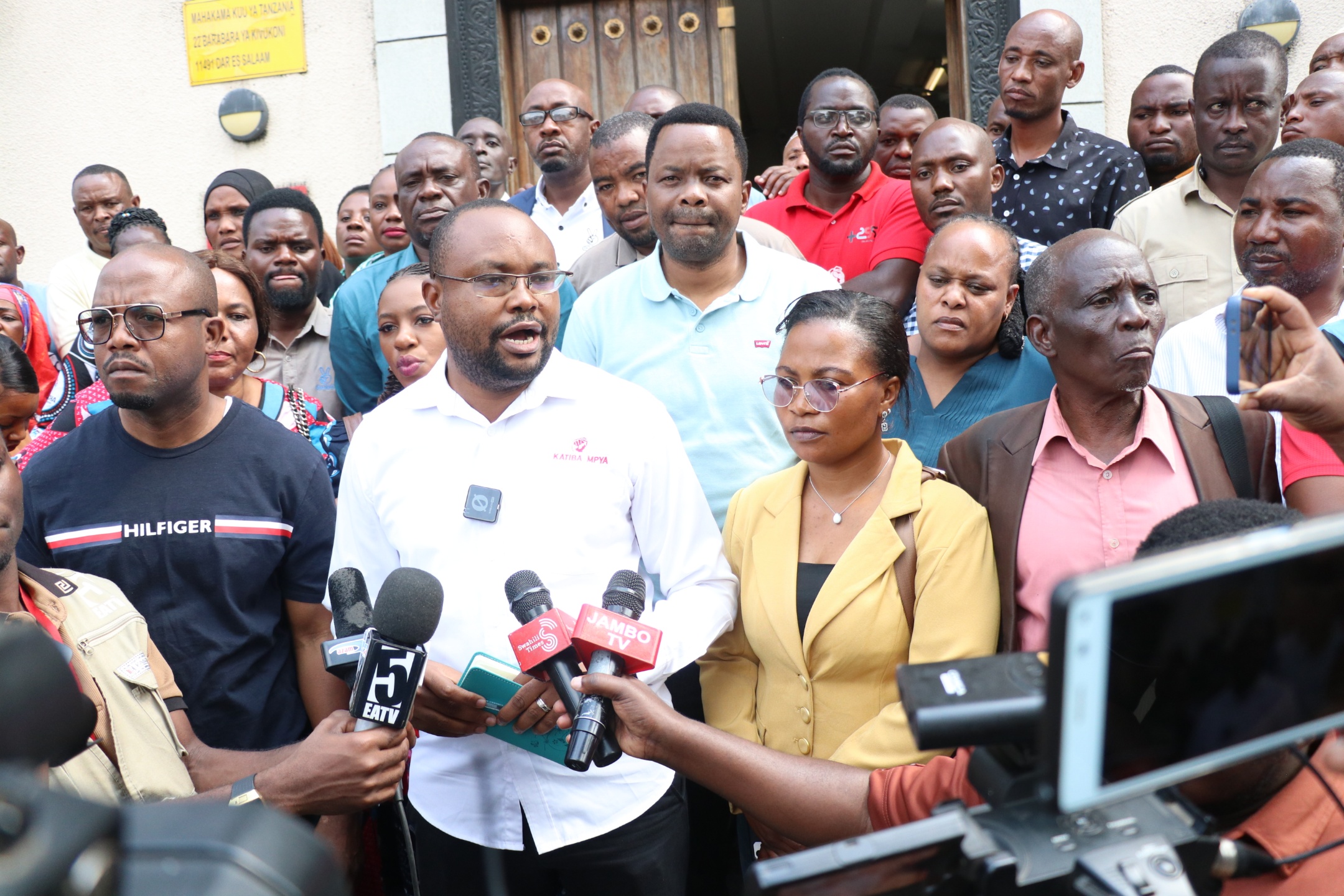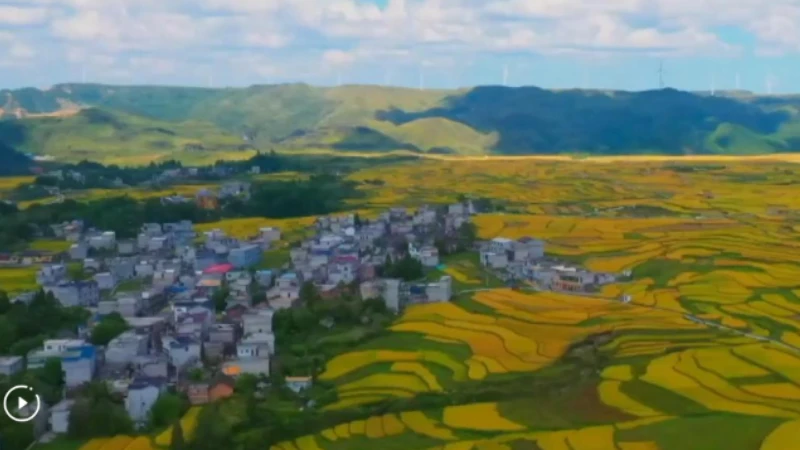How policy reforms have transformed agriculture sector

In the lush fields of Kilombero, the coffee-rich highlands of Ruvuma, and the vibrant fishing communities along Tanzania’s 1,424 km coastline, a quiet revolution is unfolding.
This is not a revolution of slogans but of results tangible, transformative, and deeply rooted in the lives of farmers, herders, and fishers.
At its heart is President Samia Suluhu Hassan, whose leadership has transformed the timeless adage, “Kilimo ni uti wa mgongo wa taifa” (Agriculture is the backbone of the nation), into a reality of prosperity and hope.
Since assuming office in March 2021, she has elevated agriculture into a strategic engine for economic growth, food security, and rural empowerment positioning Tanzania as a rising agricultural powerhouse in Africa.
In her April 2021 inaugural address to Parliament, the President outlined a bold vision to boost crop productivity through research, seed production, irrigation, and enhanced input access. Building on the Chama Cha Mapinduzi (CCM) 2020 Election Manifesto, her administration has turned rhetoric into reality with unprecedented investments.
The agricultural sector budget soared from 294bn/- in 2021/22 to 1.243trn/- in 2025/26 a 324.5 percent increase reflecting agriculture’s centrality to national development.
The results are remarkable: agricultural exports surged by 195 percent, from $1.2 billion in 2019/20 to $3.54 billion in 2023/24, while food crop production grew by 33 percent to 22.8 million tonnes, achieving 128 percent food self-sufficiency, just shy of the 130 percent national target.
The launch of the Agricultural Growth Corridors of Tanzania (Agcot) on April 27, 2025, marks a defining milestone. Building on the success of the Southern Agricultural Growth Corridor of Tanzania (Sagcot) which attracted $6.34 billion in investments and created 253,000 jobs Agcot now expands into three new regions: Central, Northern, and Mtwara.
Overseen by the Agcot Centre and embedded in the Tanzania Agriculture Master Plan 2050, this flagship initiative targets $20 billion in agricultural exports by 2050, seeks to boost smallholder incomes by 25 percent, and aims to reduce undernourishment below 15 percent.
“Agcot is a systems-level transformation one corridor, one cluster, one value chain at a time,” said Agriculture Minister Hussein Bashe, echoing President Samia’s commitment to inclusive, market-driven agriculture.
The government has tackled longstanding challenges limited credit, volatile input prices, and inadequate infrastructure with decisive action.
Fertilizer availability soared from 342,798 tonnes in 2014/15 to 1.21 million tonnes in 2024/25, on track toward the 1.5 million-tonne national target. This was driven by a new plant in Dodoma and expanded capacity at Minjingu. With 300bn/- in fertilizer subsidies, per-hectare usage increased from 19 kg in 2021 to 24 kg in 2025, boosting productivity.
High-quality seed production rose by 41.9 percent, from 50,747 tonnes in 2021 to 72,032 tonnes in 2024.
Domestic seed production increased by 61 percent, backed by the Tanzania Official Seed Certification Institute (TOSCI), which has now earned international accreditation.
Irrigation infrastructure expanded dramatically. Irrigated land grew from 561,383 hectares in 2020 to 983,466 hectares in 2024, through 780 projects (up from just 13 in 2020). A National Irrigation Grid will soon draw water from Lakes Victoria and Tanganyika to irrigate 3 million hectares, with construction set to begin within 18 months.
The National Food Reserve Agency’s storage capacity rose 209 percent to 776,000 tonnes, thanks to new silos in Shinyanga and Rukwa—cutting post-harvest losses and stabilizing food markets.
These investments yielded real gains maize production surged by 91 percent to 12.26 million tonnes, rice production rose by 72 percent to 3.04 million tonnes, sugar output increased by 26 percent to 392,724 tonnes while oilseed crops grew by 27.3 percent to 2.18 million tonnes, strengthening edible oil self-sufficiency
Coffee and Cashew
In Kingerikiti, Nyasa District of Ruvuma, farmers like Vitus Mapunda and Sarafina Mbele personify the agricultural turnaround.
“The price of coffee has risen from 3,000/- to 8,500/- per kilo since 2020,” said Mapunda, crediting subsidized inputs and strong cooperative systems.
“The warehouse receipt system has ensured fair prices and market access,” added Mbele.
Coffee production rose from 60,651 tonnes in 2015/16 to 77,417 tonnes in 2024/25, with export revenue doubling to $292.9 million. A $588 million U.S. grant for a coffee laboratory and processing facility in Kingerikiti reflects strong international confidence.
Cashew production, a mainstay of the southern economy, jumped from 200,000 tonnes in 2014/15 to 528,262 tonnes in 2024/25. Formal crop trade through cooperatives rose from 591,268 tonnes worth 1.1trn/- in 2021 to 2.23 million tonnes worth 4.2trn/- in 2025 nearly a 300 percent increase.
Livestock and Fisheries
Tanzania’s livestock sector, which contributes 27 percent of agricultural GDP, also saw progress. Cattle insemination increased from 105,000 to 514,700 head, and milk production grew from 2.1 billion to 2.7 billion liters.
At the Tanzania Vaccine Institute in Kibaha, vaccine production rose from 26.3 million to 185.8 million doses, improving livestock health.
In fisheries, more than 4 million Tanzanians now benefit from better landing sites and regulation.
Dynamite fishing declined by 99 percent, and seaweed production increased from 552.8 tonnes in 2015 to 1,449 tonnes in 2020, lifting incomes for coastal women and youth cooperatives.
Youth and Modernization
The Building Better Tomorrow (BBT) initiative is cultivating the next generation of agricultural leaders. Youth receive training, capital, and land to engage in modern agribusiness.
Mechanization is accelerating, with the government distributing 500 tractors, 800 power tillers, and commissioning a 300-tonne grape processing plant in Dodoma.
The Tanzania Agricultural Development Bank (TADB) has broadened loans for smallholders and cooperatives, especially for women-led enterprises. New agro-industrial parks in Dodoma, Mbeya, and Njombe are linking farmers to processors and export markets.
Parliamentary Support
During the 2025/26 budget debate, Parliamentarians praised President Samia’s agricultural agenda. The 56.49trn/- national budget prioritized agriculture and rural transformation.
MPs like Fatma Toufiq lauded initiatives for sunflower and peanut processing. Athumani Maige commended VAT exemptions on equipment and fertilizer inputs. The Agricultural Sector Development Programme II (ASDP II) and Tanzania Agriculture Master Plan 2050 aim to achieve 10 percent annual sector growth by 2030, 50 percent increase in food crop productivity by 2025 and 1.27 million hectares of irrigation coverage.
“We are positioning agriculture as the future,” affirmed Minister Bashe.
Addressing Challenges
National dialogues have ensured farmers’ voices are heard. New digital platforms track input distribution, gather real-time feedback, and strengthen transparency.
Climate change and youth unemployment remain key issues. Farmers like Gabinus Mapunda call for more extension support. The government has responded with 344 new extension officers, equipped with motorcycles, soil scanners, and mobile toolkits. New district offices in 121 councils support grassroots engagement.
Climate-smart agriculture is gaining traction, with agroforestry, biological pest control, and early-warning systems reducing environmental vulnerability.
A Legacy of Transformation
Across Tanzania, from coffee farms in Ruvuma to fisheries in Tanga, transformation policies are restoring dignity, building resilience, and transforming lives.
These reforms are not just boosting production they are creating a future of hope. With food sovereignty secured and rural incomes rising, Tanzania is now poised to lead Africa in sustainable agribusiness.
Top Headlines
© 2025 IPPMEDIA.COM. ALL RIGHTS RESERVED



